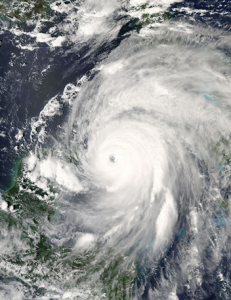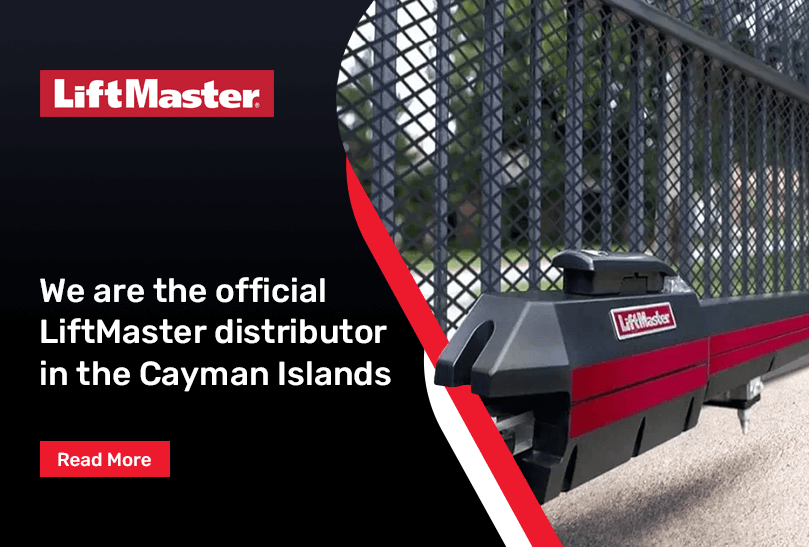The Cayman Islands – In the Hurricane Belt
In the Cayman Islands, the hurricane season officially lasts from June 1 to November 30. Hence, if you are living in the Cayman Islands, it is essential for you to prepare for hurricanes that could strike the island. You need to understand that preparing for a hurricane is an essential task. This is necessary so that you can emerge safe from it in case you are caught up in a hurricane in the Cayman Islands.
- Evaluate the Hazards:
In case if the branches close to power lines need to be cut, call Cayman Utilities Company (CUC) and they will send a team to evaluate your property and trim any hazardous branches. One of the most sensible things to do is to turn off your main breaker. Also, unplug appliances to prevent damage from lightning as well as power surges. Lightning protection in Cayman is essential due to the prolonged hurricane season. - Move to higher ground:
Since Cayman is a flat island so the sea levels can rise during a storm surge. It is advisable to move to at least 10 feet above the sea level especially in the event of a major hurricane that is category three or above. You might need a higher ground to park your car and boat. - Make Alternative Plans:
Make plans as you could be without power for five to seven days after the hurricane. This could be even longer. In the case of Hurricane Ivan, it took around 3 to 8 weeks for power and landline telephones to be restored in Cayman. In the case of water supplies, it took 1 to 2 weeks for restoration to most parts of the Cayman Islands. Make sure you have some mini propane or butane tanks and waterproof matches or lighters. You may also need oil and gasoline for generators and even disposable utensils such as plastic plates and cups. - Gather all Important material:
Carry important material like can openers, work gloves, cell phone chargers that can work from a car socket, battery operated lanterns, bulbs, batteries, tarp, rope, a sharp knife, scissors, and other handy equipment with you. Use a flashlight if you want the safest light. Also, keep a first aid kit handy and other sanitary equipment such as paper towels, insect repellent, hand sanitizers, unscented bleach, water purification tablets, sewage containers, and heavy duty trash bags handy. - Emergency Food Supplies:
Arrange or an emergency supply of canned food and water. This should last for at least one week. Make sure that canned water is available. It is advisable to store at least a gallon of water for each person in your household. - Children, Sick and Disabled People:
If you have sick or disabled people, then you will need to provide for their special needs such as buying high-energy fruits and vegetables such as granola bars, candy, hardy fruits, and vegetables. You might also need special foods and special equipment for them. For babies and children, you may need food and liquid formula, diapers, wipes, some snacks and some favourite toys and games. - Stay Informed:
Keep a portable radio handy. Make sure that you have some extra batteries for your radio in case you run out of batteries. Tune into good radio station like Radio Cayman 89.9 FM for hurricane information as well as updates on the progression of the storm. - Save Personal Items:
During an imminent hurricane, it might be too late to install hurricane shutters or generators. Nevertheless, try and save personal items, important documents, and fill the water containers as well as your gas tank. Also, withdraw some money from the bank well in advance the power and water may be turned off much before the hurricane hits. Ensure that the cash you withdraw could last a few weeks since ATM machines may not work and no one will be in the capacity to accept personal cheques. - Consider Evacuation:
If you are living near the coastline, you might want to stay on higher ground till the storm clears. If you are living in a vulnerable area, then perhaps evacuation is the best plan. In case you decide to stay in your own house provided it is in a safe area, then determine if your house is safe to weather out the storm and it is safe from flooding.
Closing Opinions
If you consider evacuating, then you can take shelter in a hurricane shelter. Nevertheless, you might want to consider that shelters can be crowded and equipped with only the basic facilities. Prepare a shelter kit with enough supplies that can last for a number of days. You might not be able to keep your pet in the shelter or take alcohol, weapons, or excess baggage with you.







